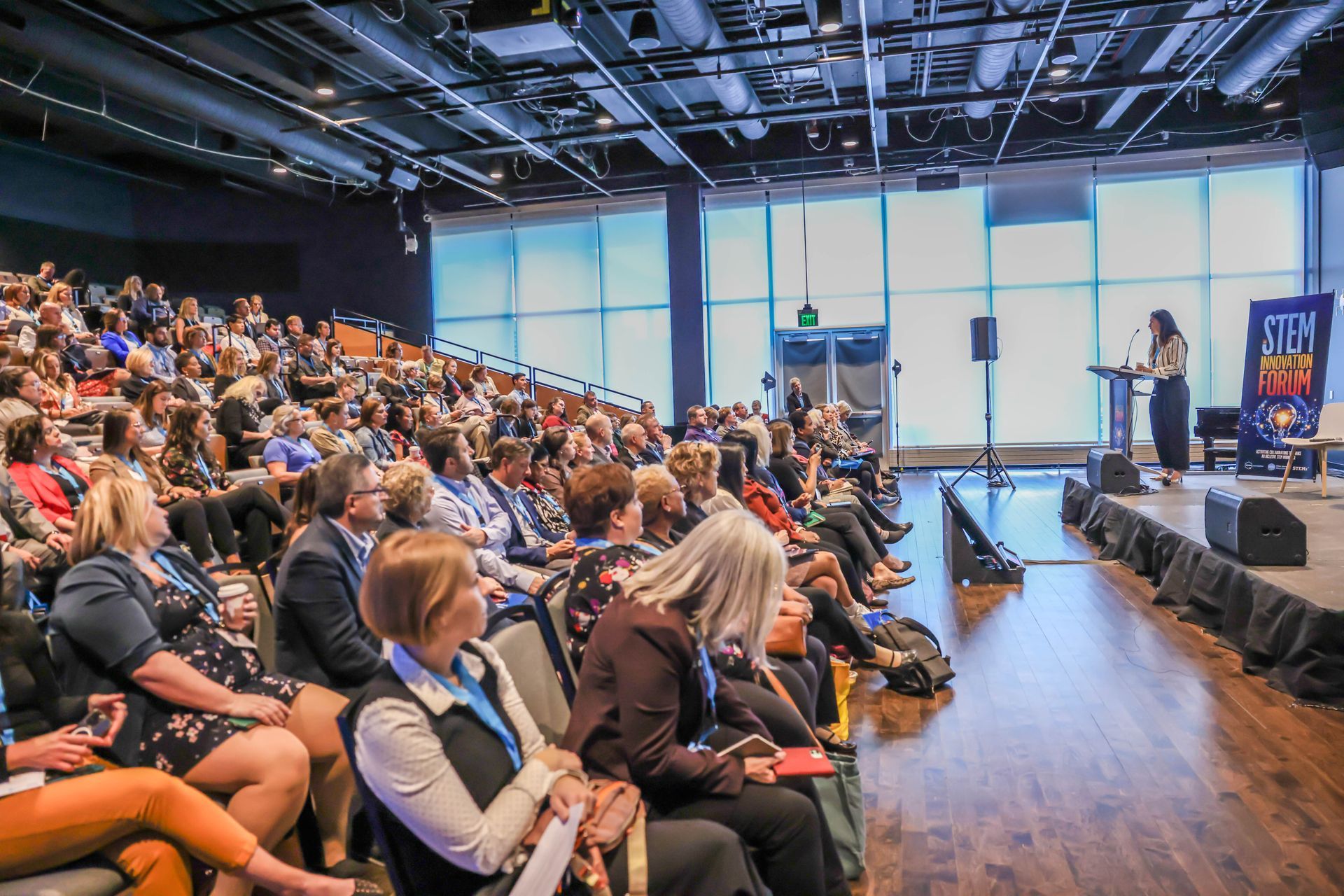National science agencies pool internships
by Mike Feder, director of STEMx
“Get an internship” is a ubiquitous piece of advice. I’d guess every person reading this post hasn’t just heard that piece of advice, you’ve even offered it. But, as a researcher, these are the kind of clichés that stick with me.
What’s the word on internships? They work. A literature review completed in 2013 counted 12 different studies showing impacts. The benefits to internship participants ranged from higher grades to stronger conception of themselves as a scientist.
Findings from the Engage to Excel report on the value of internships. Click here to read the report.
So, yes, internships matter. But the other truth is these opportunities are even more important for groups that have traditionally been left out of STEM. On the whole, many women and minorities do not get an education that offers them the same shot at STEM.
That’s why I was so excited to discover a new portal from the federal government’s science agencies. A few weeks ago, agencies like the National Oceanic and Atmospheric Administration (NOAA) and NASA launched a new site that showcases all of the STEM internships offered by the federal agencies.
The site, STEMundergrads.science.gov , offers a range of opportunities. Here are three internships that I thought were really interesting.
Too few minority students are given a real shot at STEM. NOAA’s program below targets young minority college students and gets them in real labs with the financial support needed to focus on research.
Click here to apply. Access more internships at STEMundergrads.science.gov.
Internships can be particularly valuable if they provide students a chance to explore STEM components of real world problems they care about. This EPA program provides students the opportunity explore the intersection of social and environmental issue.
Click here to apply. Access more internships at STEMundergrads.science.gov.
Community colleges are powerful engines for accessibility. By their nature, community college students are offered fewer opportunities for research. This internship from the Department of Energy tackles that disparity.
Click here to apply. Access more internships at STEMundergrads.science.gov.
I reached out to Susan Singer, Division Director in the Division of Undergraduate Education at NSF, to learn a bit more about how the site came together. Here’s what she had to say:
Dr. Singer worked on the team that helped build this microsite.
Fourteen Federal agencies have been working together to increase our collective impact on undergraduate STEM education. Recognizing the key role undergraduate research opportunities provide in increasing the persistence of undergraduates in STEM majors and preparing the future workforce, we have developed a single portal to simplify and increase access to the many federally supported, research opportunities for students across the nation.
I’m glad to see this kind of collaboration and the team at Science.gov deserves some real credit for making life a bit easier for students.









